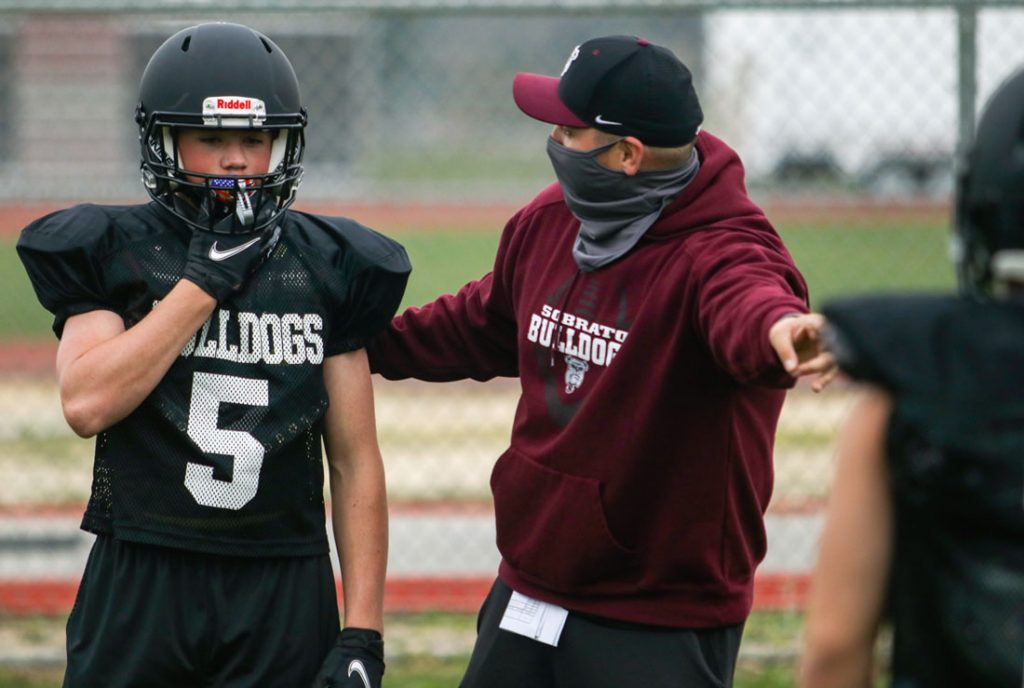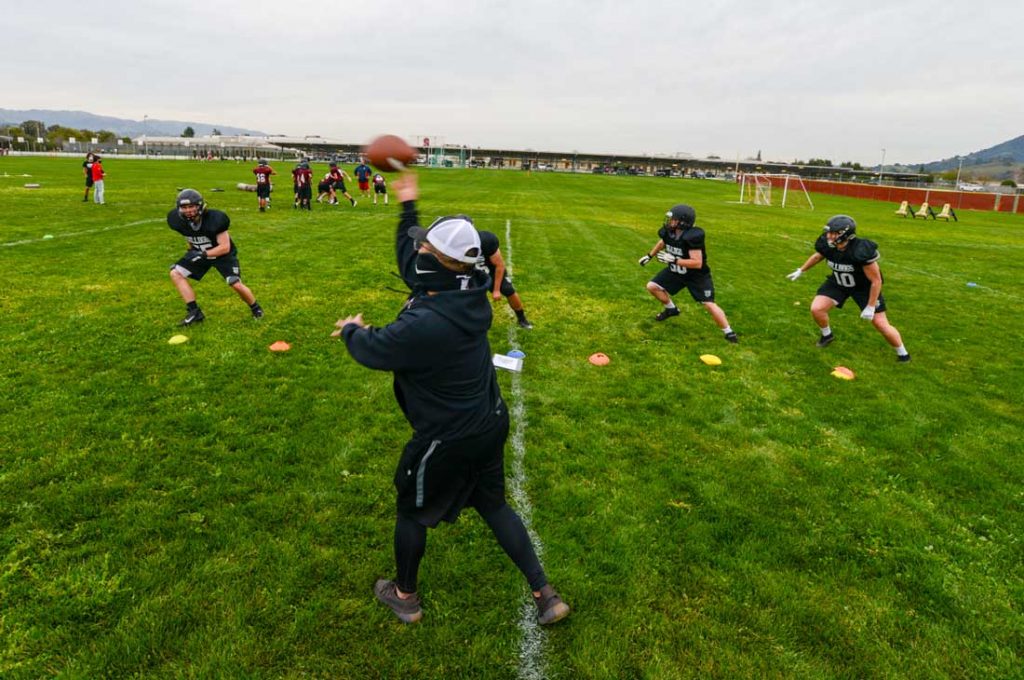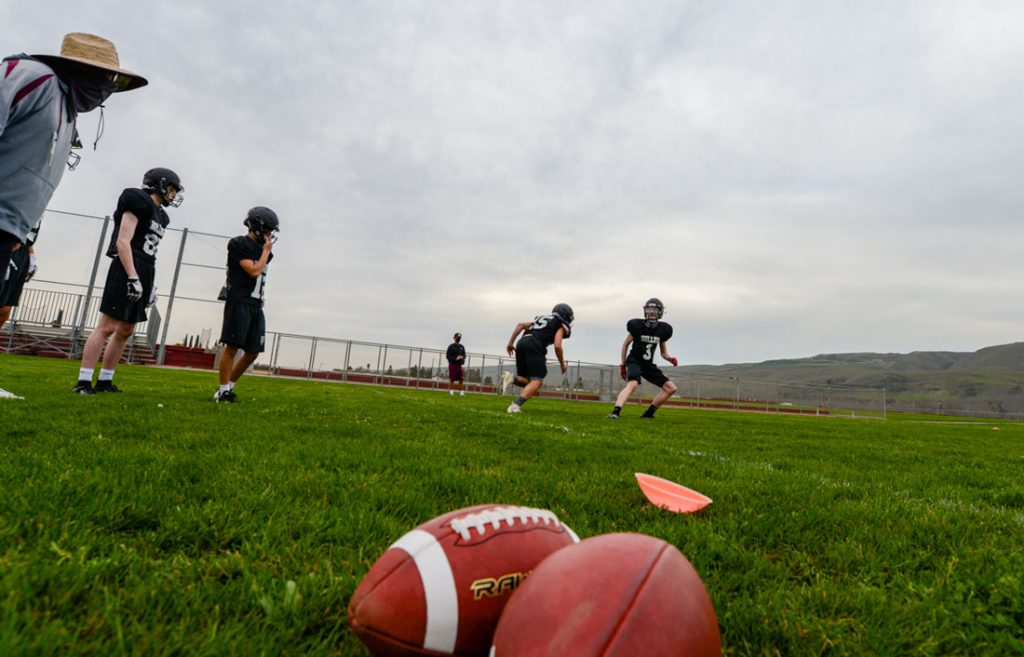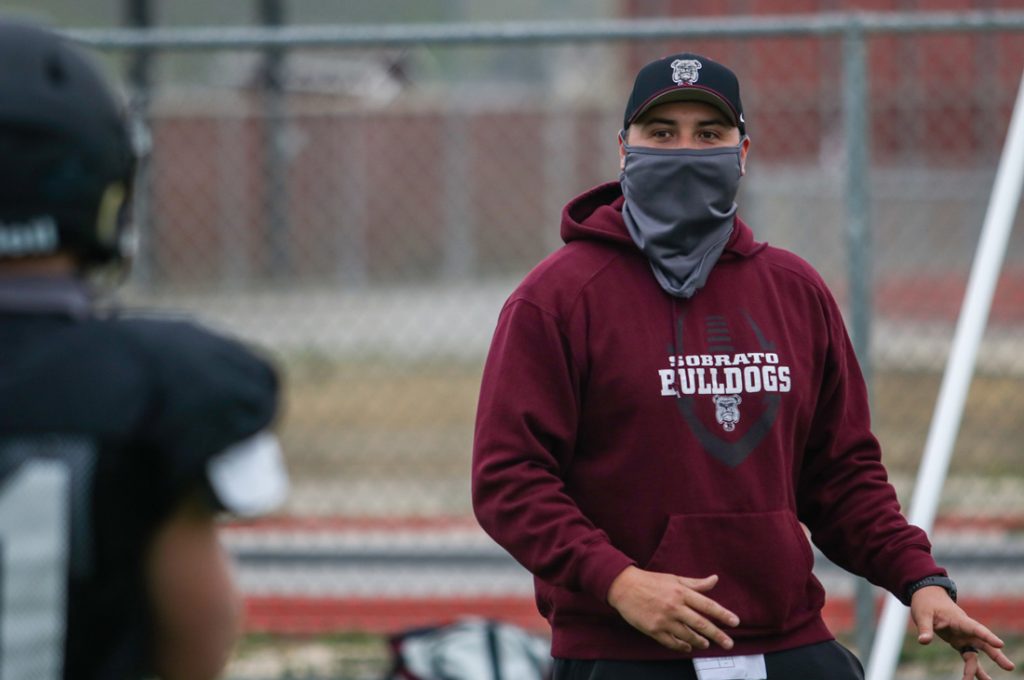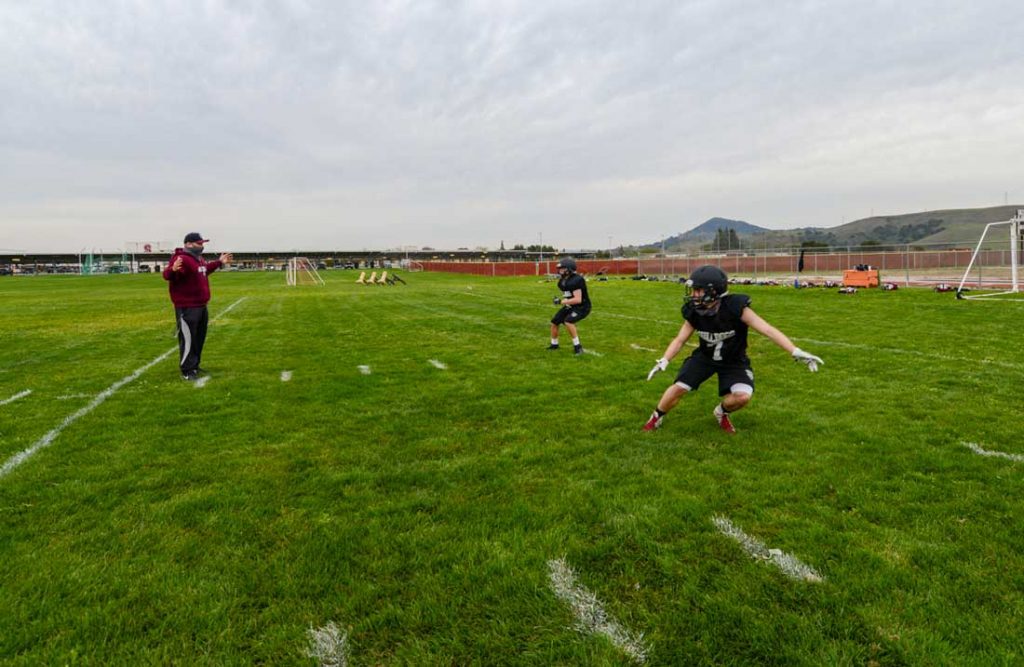
When Santa Clara County public health officials gave the green light for the resumption of high school outdoor sports last week, it marked a joyous occasion for thousands of student-athletes. It also meant administrators are working overtime to deal with the bevy of logistical hurdles that come with getting youth back on the playing field during a pandemic.
Wide-ranging interviews with coaches, athletic directors and administrators seem to point to a common theme: in receiving instructions from state officials, there is often a lack of follow-through on what is said and what is actually done. Take, for instance, the required testing of athletes playing high-contact sports like football and water polo.
Athletes in those sports who reside in a county where the case rate is at or below 14 per 100,000 residents must get tested weekly. The order also applies to coaches in those sports. Gov. Gavin Newsom said that the cost of Covid testing—either antigen or PCR—will be absorbed by the state, with results available in 24 hours. However, Christopher High Principal Jeremy Dirks said as of Feb. 26 the state had yet to provide any more clarity on the issue.
“Like everybody, we’re waiting for a little more guidance from the governor,” Dirks said. “He hasn’t given us parameters and hasn’t shown us the mechanisms to pay for the tests. You read the fine print with water polo and football, and those tests are quite expensive because you need to turn those results around in a day.”
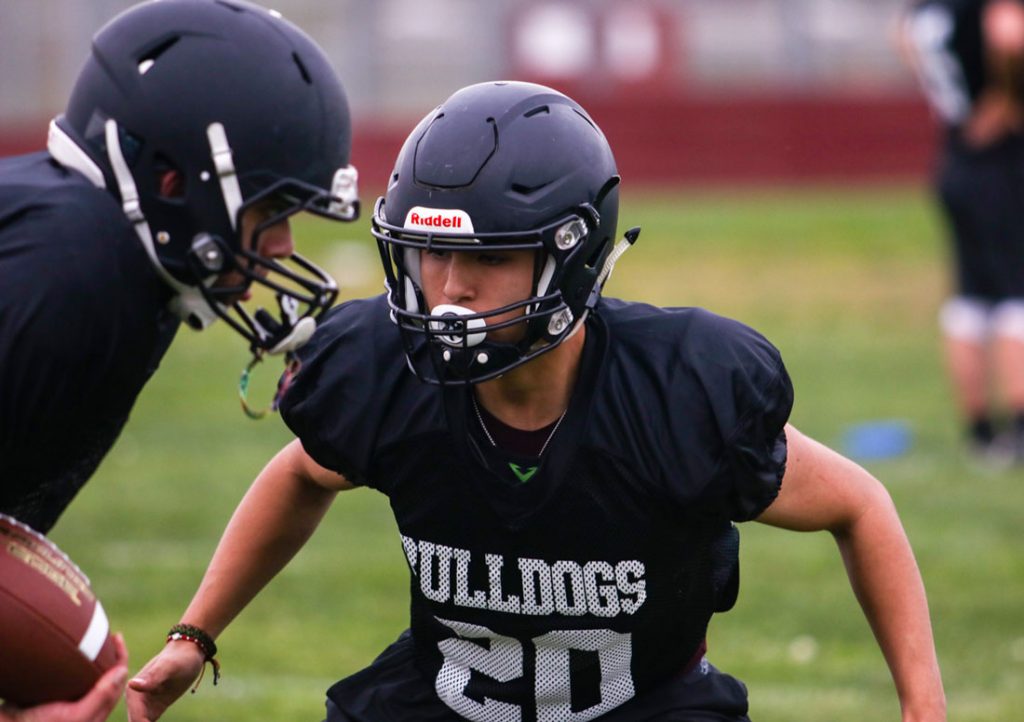
As administrators work tirelessly behind the scenes to get games scheduled, they echo similar sentiments: the only certainty amid the return of high school sports is uncertainty.
“There is still so much up in the air, and we’re trying to figure out how we’re going to do things,” Christopher Athletic Director Ryan Dequin said. “It’s so much more than the logistics of the games being played. There’s the supervision, the transportation, the social distancing during all of these processes, and making sure everybody is abiding by the rules. It’s going to be a hurdle for sure.”
Said Sobrato Athletic Director Lawrence Crawford: “Let’s just say this whole process is going to be an amazing challenge.”
Then there’s the issue of spectators, especially for football which depending on the school and community can draw upwards of hundreds of fans. The California Department of Public Health states that observers of youth sports (ages 18 and under) will be limited to “immediate household members, and for the strict purpose of age-appropriate supervision.” What does that exactly mean? The Blossom Valley Athletic League, whose teams include the majority of the public schools in San Jose along with Live Oak and Sobrato, isn’t going to wait and find out as it has instituted a no spectator policy while the county is either in the purple or red tier (it’s currently in the red).
“We need to limit as best as we can how many people there are in a social gathering,” BVAL Commissioner Bill Murray said. “I know everyone wants to come to the contests, but we need to do what is best for everyone else, and that’s trying to avoid the spread of infection. We hope to be able to allow spectators in at a later date. Should the county get to the orange tier—and we’re all hopeful of that—then we’ll re-evaluate the situation.
“Every added element is more personnel the school has to provide (such as enforcing the observer rule if the league was allowing spectators). Most of our 24 schools’ athletic staff are made up of their athletic directors. It’s not like they have event coordinators to take care of all the logistics.”
Dirks said the Gilroy Unified School District, upon the CDPH recommendation, will allow two spectators per athlete, and a cap of 200 spectators at any single event.
“We hope and expect everyone to follow our parameters because if they don’t, it will put our teams in jeopardy,” Dirks said. “Our county, state and board are all about safety and if people are not following the rules being put into place, then this is all going to go away again.”
In football, the schedules for Gilroy and Christopher compared to the rest of the schools in the neighboring counties will look vastly different. The BVAL schools all have five-game league schedules, just two less contests than in a normal season. Gilroy and Christopher, however, are facing an uphill battle to schedule more games outside of each other.
“Maybe it could change, but we’re kind of in a weird position,” Christopher football coach Tim Pierleoni said. “It looks like the Salinas schools are going to stay local. The Santa Cruz schools are going to play each other, and the San Jose schools already had their schedules set. So that kind of puts us in a predicament.”
Gilroy and Christopher are looking to finalize a home-and-home set, which means at minimum the seniors on both teams will have a Senior Night.
“We’re excited, especially for our seniors to get some competition under their belt,” Dirks said. “This will ensure their hard work in some way is being recognized.”
When the county made the announcement it was relaxing restrictions for outdoor sports, schools like Sobrato began a furious race to conduct tryouts, complete grade-eligibility checks and finalize schedules and rosters before turning them into the league. Murray said the BVAL is compressing something that usually takes months—scheduling preseason meetings and lining up officials for every contest, for starters—in a handful of weeks.
